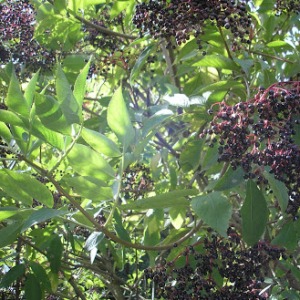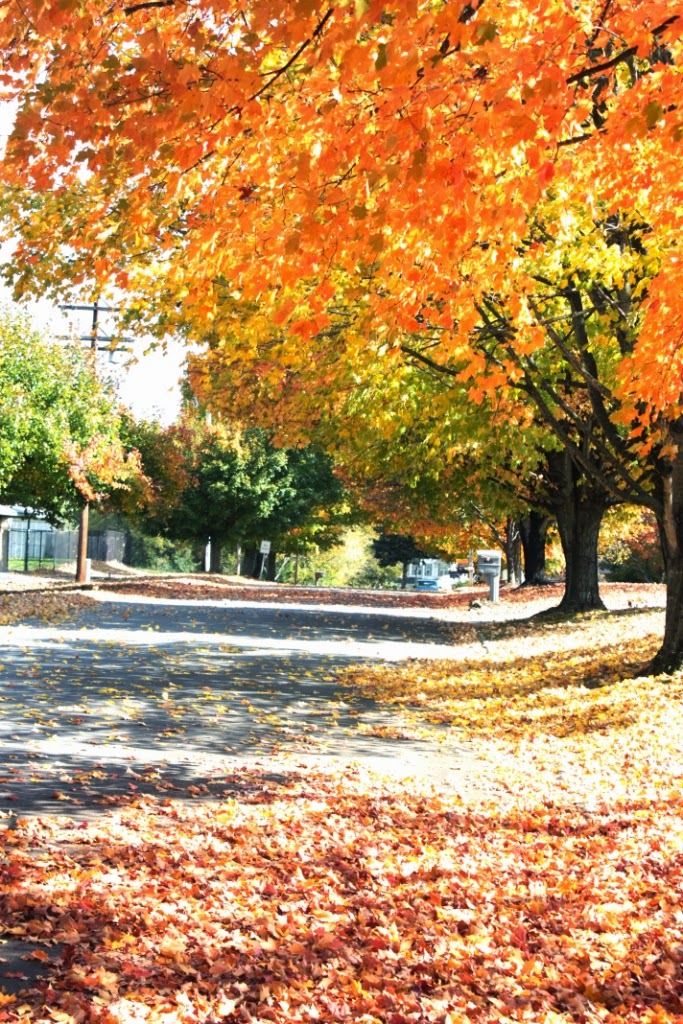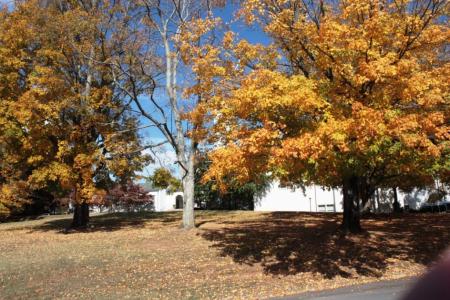The Wiccan Rede
Bide
within the Law you must, in perfect Love and perfect Trust.
Live you must and let to live, fairly take and fairly give.
For
tread the Circle thrice about to keep unwelcome spirits out.
To bind the spell well every time, let the spell be said in rhyme.
Light
of eye and soft of touch, speak you little, listen much.
Honor the Old Ones in deed and name,
let love and light be our guides again.
Deosil
go by the waxing moon, chanting out the joyful tune.
Widdershins go when the moon doth wane,
and the werewolf howls by the dread wolfsbane.
When
the Lady's moon is new, kiss the hand to Her times two.
When the moon rides at Her peak then your heart's desire seek.
Heed
the North winds mighty gale, lock the door and trim the sail.
When the Wind blows from the East, expect the new and set the feast.
When
the wind comes from the South, love will kiss you on the mouth.
When the wind whispers from the West, all hearts will find peace and rest.
Nine
woods in the Cauldron go, burn them fast and burn them slow.
Birch in the fire goes to represent what the Lady knows.
Oak in
the forest towers with might, in the fire it brings the God's
insight. Rowan is a tree of power causing life and magick to flower.
Willows
at the waterside stand ready to help us to the Summerland.
Hawthorn is burned to purify and to draw faerie to your eye.
Hazel-the
tree of wisdom and learning adds its strength to the bright fire burning.
White are the flowers of Apple tree that brings us fruits of fertility.
Grapes
grow upon the vine giving us both joy and wine.
Fir does mark the evergreen to represent immortality seen.
Elder
is the Lady's tree burn it not or cursed you'll be.
Four times the Major Sabbats mark in the light and in the dark.
As the
old year starts to wane the new begins, it's now Samhain.
When the time for Imbolc shows watch for flowers through the snows.
When
the wheel begins to turn soon the Beltane fires will burn.
As the wheel turns to Lamas night power is brought to magick rite.
Four times the Minor Sabbats
fall use the Sun to mark them all.
When the wheel has turned to Yule light the log the Horned One rules.








